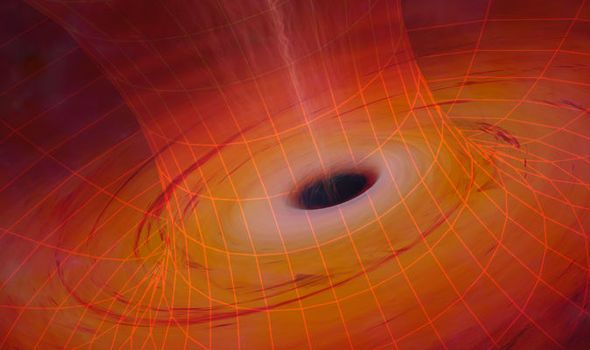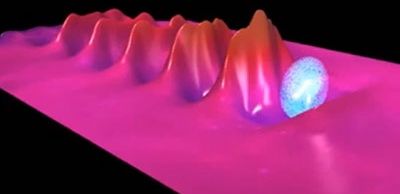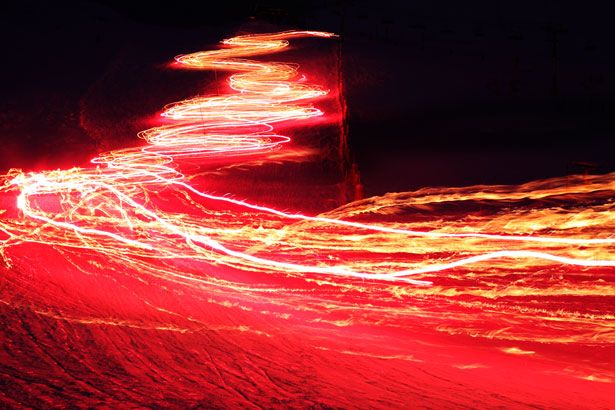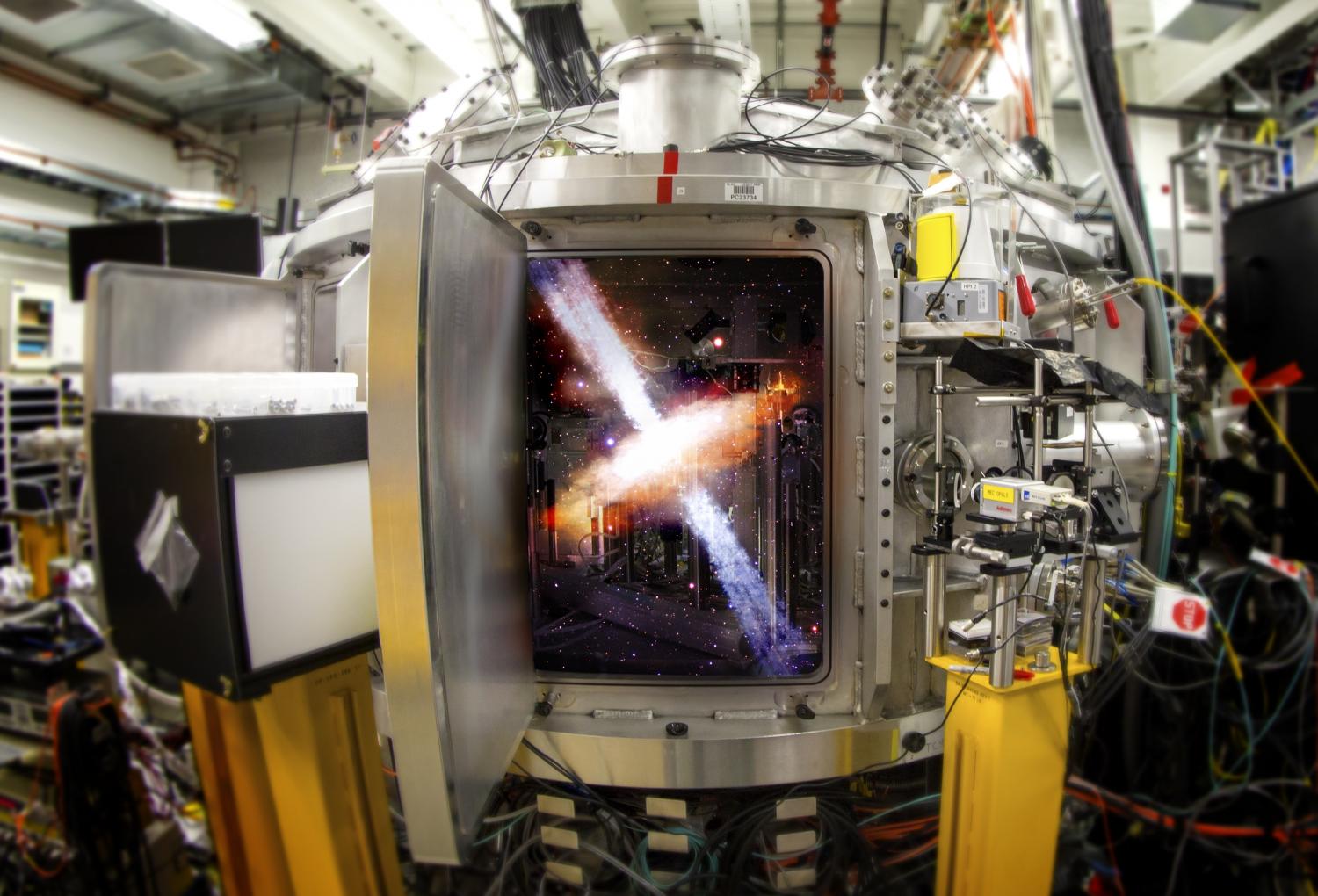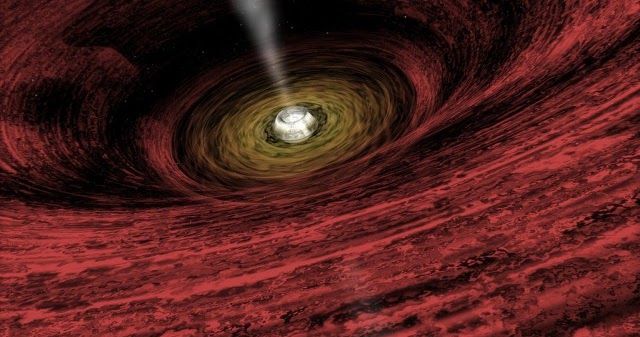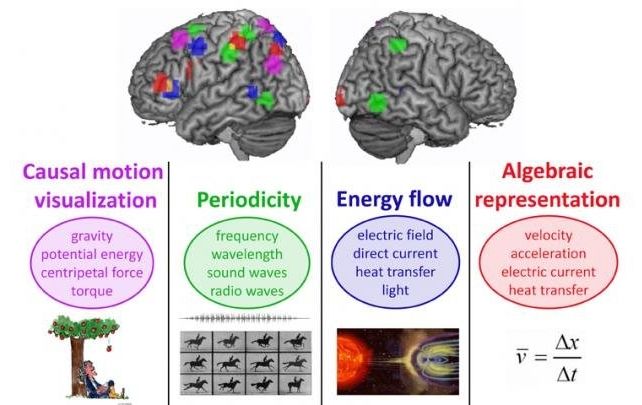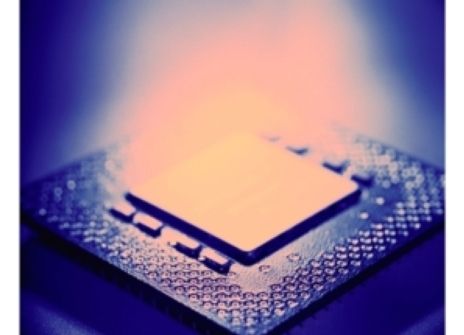Archive for the ‘physics’ category: Page 300
Apr 29, 2016
Consortium sets out to build European laser plasma accelerator
Posted by Andreas Matt in categories: innovation, physics
The result is a compact accelerator that is not much larger than the laser used to create the plasma. That means that a laser plasma accelerator can be housed in a small building, rather than stretching over hundreds of metres or even several kilometres.
High-quality beam
While laser plasma accelerators exist at several laboratories around the world, EuPRAXIA steering-committee member Carsten Welsch says that “no infrastructure exists where the quality of the accelerated beam satisfies the requirements of industry”. Welsch, who is at the UK’s Cockcroft Institute of Accelerator Science and Technology, adds that “creating such a facility would be a major breakthrough and would attract users from many different sectors”.
Continue reading “Consortium sets out to build European laser plasma accelerator” »
Apr 25, 2016
Physicists detect the enigmatic spin momentum of light
Posted by Karen Hurst in categories: physics, space
Ever since Kepler’s observation in the 17th century that sunlight is one of the reasons that the tails of comets to always face away from the sun, it has been understood that light exerts pressure in the direction it propagates. Radiation pressure is produced by the momentum carried by light, and it plays a crucial role in a variety of systems, from atomic to astronomical scales.
In a recent theoretical paper, a group from the RIKEN Center for Emergent Matter Science in Japan showed that momentum density in non-uniform optical fields has an unusual component, which is orthogonal to the propagation direction of light and is proportional to the optical spin, which means the degree of circular polarization. They predicted that this spin momentum would produce a transverse spin-dependent optical force, a few orders of magnitude weaker than the usual radiation pressure.
Now, based on the theoretical work, a group from RIKEN, the University of Bristol, and other institutions have used an extremely precise technique to experimentally verify that light does in fact exert the extraordinary perpendicular force, which is determined by the polarization of the light. The research has been published in Nature Physics.
Apr 16, 2016
Photon Propulsion Could Launch Spacecraft To Mars In Days
Posted by Klaus Baldauf in categories: energy, physics, space travel
Scientists say recent advances in laser propulsion technology could make it possible for spacecrafts to reach Mars in as little as 3 days using photon propulsion.
The concept was shared by Philip Lubin, a physics professor at the University of California, Santa Barbara at the NASA Innovative Advanced Concepts (NIAC) symposium. Ultimately, the method seeks to place an ultra-powerful laser in Earth’s orbit, that would use photon pressure to power a “sail-equipped” spacecraft. [ESA To Build “Moon Village” by 2030].
Apr 15, 2016
SLAC researchers recreate the extreme universe in the lab
Posted by Andreas Matt in categories: nuclear energy, physics, space, supercomputing
Conditions in the vast universe can be quite extreme: Violent collisions scar the surfaces of planets. Nuclear reactions in bright stars generate tremendous amounts of energy. Gigantic explosions catapult matter far out into space. But how exactly do processes like these unfold? What do they tell us about the universe? And could their power be harnessed for the benefit of humankind?
To find out, researchers from the Department of Energy’s SLAC National Accelerator Laboratory perform sophisticated experiments and computer simulations that recreate violent cosmic conditions on a small scale in the lab.
“The field of laboratory astrophysics is growing very rapidly, fueled by a number of technological breakthroughs,” says Siegfried Glenzer, head of SLAC’s High Energy Density Science Division. “We now have high-power lasers to create extreme states of matter, cutting-edge X-ray sources to analyze these states at the atomic level, and high-performance supercomputers to run complex simulations that guide and help explain our experiments. With its outstanding capabilities in these areas, SLAC is a particularly fertile ground for this type of research.”
Apr 15, 2016
New Research Suggests That Time Runs Backwards Inside Black Holes
Posted by Andreas Matt in categories: cosmology, physics
A new research paper published in Physical Review Letters has brought forward a significant new understanding of general relativity laws, and has found some strange physics taking place inside black holes. Specifically, that the direction of time could be reversed within them. Several physical procedures are perfectly symmetric in time. Take a pendulum for instance. If someone shows you a video of a pendulum swinging, you cannot differentiate if the video is actually moving forward or backward. But some processes are not symmetric at all. We can tell that a pendulum will ultimately slow because of friction and we know that it was triggered at some point, so we can give a temporal direction to physics. The directionality of time and our view of it was called the “Arrow of Time” by British astronomer Arthur Eddington, and it has been connected to the entropy of the cosmos.
Apr 12, 2016
NASA funds Direct Drive Fusion Propulsion
Posted by Andreas Matt in categories: energy, information science, physics, space travel
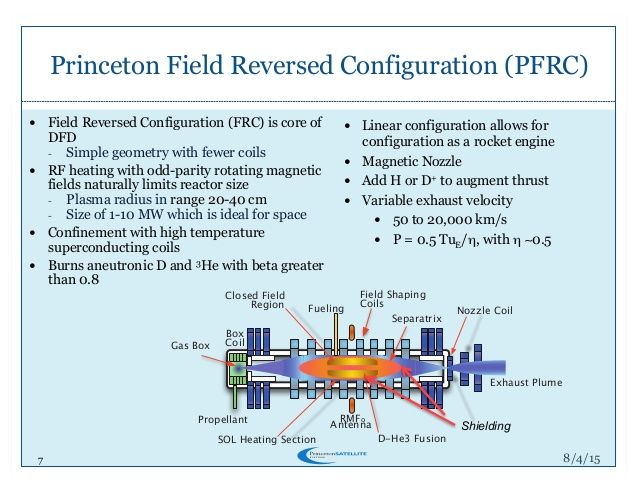
The Direct Fusion Drive (DFD) concept provides game-changing propulsion and power capabilities that would revolutionize interplanetary travel. DFD is based on the Princeton Field-Reversed Configuration (PFRC) fusion reactor under development at the Princeton Plasma Physics Laboratory. The mission context we are proposing is delivery of a Pluto orbiter with a lander. The key objective of the proposal is to determine the feasibility of the proposed Pluto spacecraft using improved engine models. DFD provides high thrust to allow for reasonable transit times to Pluto while delivering substantial mass to orbit: 1000 kg delivered in 4 to 6 years. Since DFD provides power as well as propulsion in one integrated device, it will also provide as much as 2 MW of power to the payloads upon arrival. This enables high-bandwidth communication, powering of the lander from orbit, and radically expanded options for instrument design. The data acquired by New Horizons’ recent Pluto flyby is just a tiny fraction of the scientific data that could be generated from an orbiter and lander. We have evaluated the Pluto mission concept using the Lambert algorithm for maneuvers with rough estimates of the engine thrust and power. The acceleration times are sufficiently short for the Lambert approximation, i.e. impulsive burns, to have some validity. We have used fusion scaling laws to estimate the total mission mass and show that it would fit within the envelope of a Delta IV Heavy launch vehicle. Estimates of the amount of Helium 3 required to fuel the reactor are within available terrestrial stores.
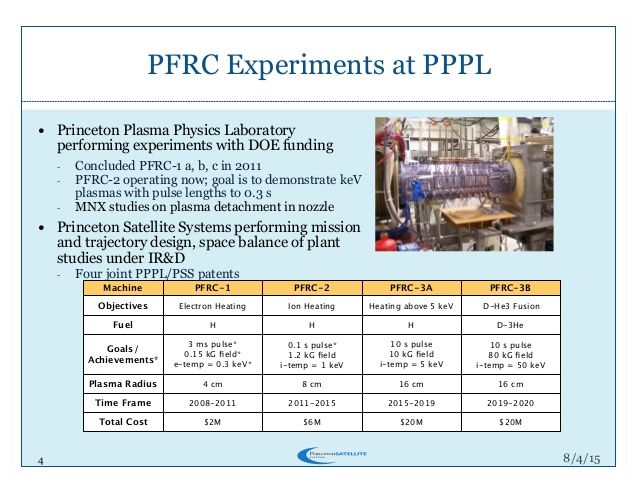
Apr 12, 2016
Scientists discover how the brain repurposes itself to learn scientific concepts
Posted by Karen Hurst in categories: energy, neuroscience, physics
The human brain was initially used for basic survival tasks, such as staying safe and hunting and gathering. Yet, 200,000 years later, the same human brain is able to learn abstract concepts, like momentum, energy and gravity, which have only been formally defined in the last few centuries.
New research from Carnegie Mellon University has now uncovered how the brain is able to acquire brand new types of ideas. Published in Psychological Science, scientists Robert Mason and Marcel Just used neural-decoding techniques developed at CMU to identify specific physics concepts that advanced students recalled when prompted. The brain activation patterns while thinking about the physics concepts indicated that all of the students’ brains used the ancient brain systems the same way, and the patterns revealed how the new knowledge was formed — by repurposing existing neural systems.
The findings could be used to improve science instruction.
Apr 11, 2016
Cosmic Speed Measurement Suggests Dark Energy Mystery
Posted by Sean Brazell in categories: physics, space
A new measurement of how fast space is expanding disagrees with estimates based on the early universe, potentially pointing toward a break from the standard model of physics.
By Clara Moskowitz on April 11, 2016.
Apr 7, 2016
Are We Living in a Computer Simulation?
Posted by Andreas Matt in categories: computing, physics
High-profile physicists and philosophers gathered to debate whether we are real or virtual—and what it means either way.
By Clara Moskowitz on April 7, 2016.
